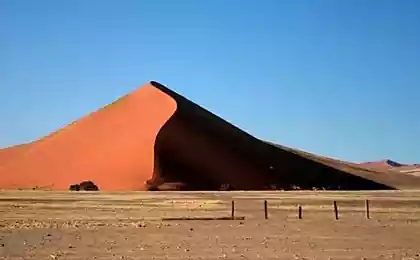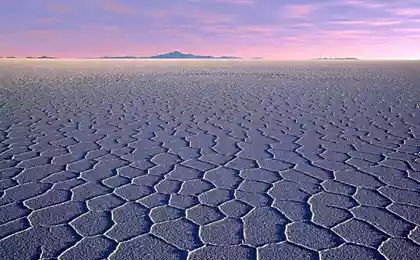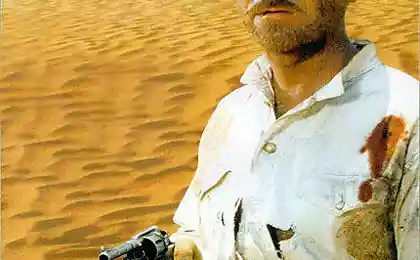1330
Fluffy children of the desert
Now you see the unusual animals that belong to the species to adapt to the difficult environment in the desert.
These small, furry and clumsy and live in such a harsh place.
Not the best place to live, you might say. It turns out no, they feel comfortable.
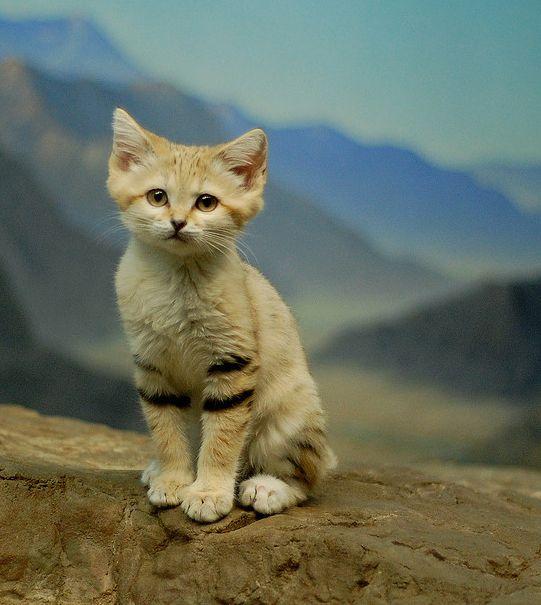
Fenech
Take a look at this charming creature! It Fenech, the smallest member of the canine world. The first thing that strikes in mind - a disproportionately large ears, as compared to the body. Fenech is endowed with excellent hearing. He could hear the rustle of their prey deep underground.

Kangaroo jumper horde.
This little pest lives in North America. The female can produce up to 15 babies a year. One of the biggest threats they face - the loss of their natural habitat due to climate change.
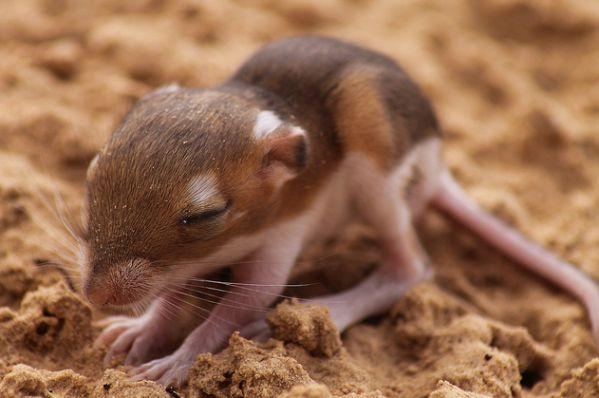
The African wild dog.
These cute puppies are still known as "painted dogs" because of their fuzzy pictures on the body. The animal is the largest representative of the canine in Africa. Unfortunately, due to the overcrowding of people of African wild dogs - an endangered species.
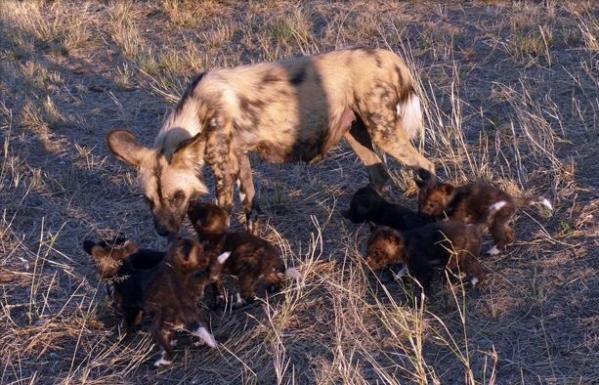
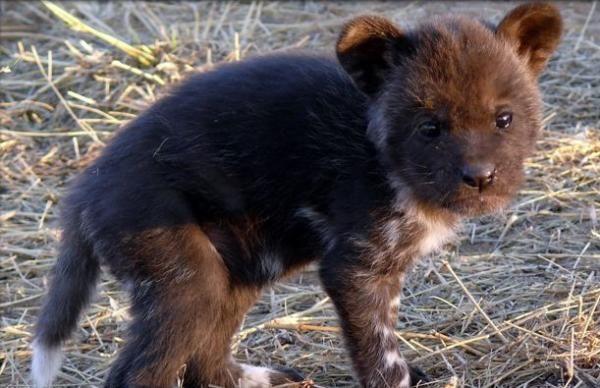
Gazelle.
Little gazelle, curious look into the camera lens. It seems that the ears and eyes are disproportionately large, but when the gazelle gets older, it will look more harmonious. These kids will be under the strict supervision of a parent for at least 4 months.

Caracal (caracal).
This cute kitty is not handmade animal. With ears and tassels, it looks like a lynx (often referred to as the Persian, Egyptian and African lynx), but most scientists now believe is the wrong judgment. Caracal more closely related to the African golden cat.
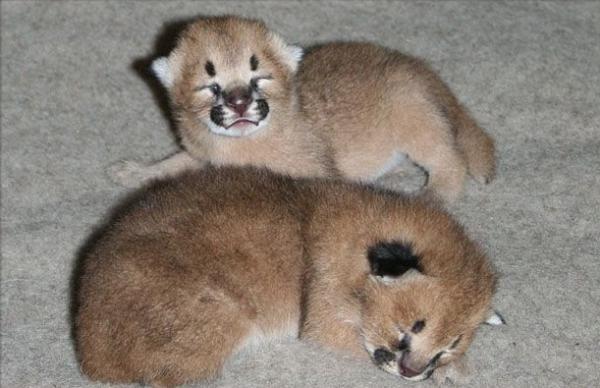
Hyena.
It is the spotted hyena, which is widely known for his laughter. Recent studies have shown that IQ is the same as hyenas and primates.
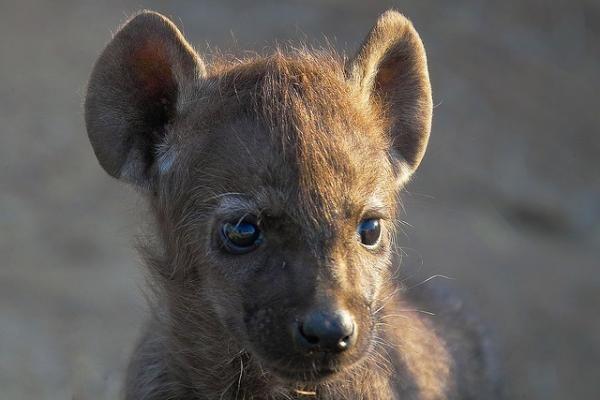

Meerkats.
These amazing animals meerkats, which we have previously been told to attract the attention of even the most indifferent of people, once they get on their hind legs, and then fall asleep.
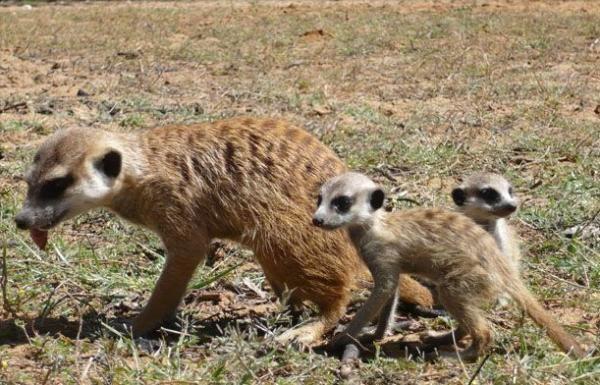
Ocelot
Ocelots originally from South America, Central America and Mexico. Ocelots have been classified as endangered from 1972 to 1996. Since 2008, their status was upgraded to "least concern & quot ;. One of the factors contributing to their low numbers may be their slow reproduction cycle (the mother can give birth only of 1st cat).
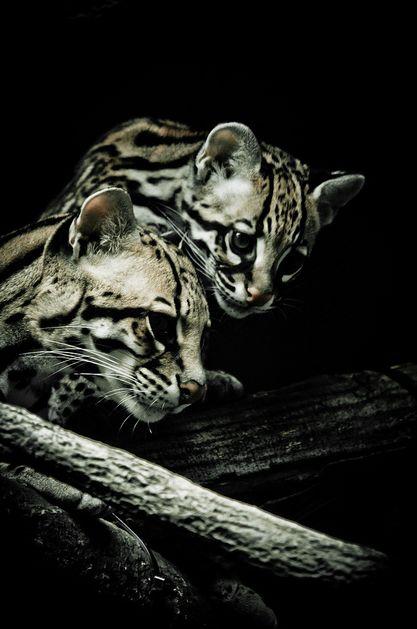
Source: lifeglobe.net
These small, furry and clumsy and live in such a harsh place.
Not the best place to live, you might say. It turns out no, they feel comfortable.

Fenech
Take a look at this charming creature! It Fenech, the smallest member of the canine world. The first thing that strikes in mind - a disproportionately large ears, as compared to the body. Fenech is endowed with excellent hearing. He could hear the rustle of their prey deep underground.

Kangaroo jumper horde.
This little pest lives in North America. The female can produce up to 15 babies a year. One of the biggest threats they face - the loss of their natural habitat due to climate change.

The African wild dog.
These cute puppies are still known as "painted dogs" because of their fuzzy pictures on the body. The animal is the largest representative of the canine in Africa. Unfortunately, due to the overcrowding of people of African wild dogs - an endangered species.


Gazelle.
Little gazelle, curious look into the camera lens. It seems that the ears and eyes are disproportionately large, but when the gazelle gets older, it will look more harmonious. These kids will be under the strict supervision of a parent for at least 4 months.

Caracal (caracal).
This cute kitty is not handmade animal. With ears and tassels, it looks like a lynx (often referred to as the Persian, Egyptian and African lynx), but most scientists now believe is the wrong judgment. Caracal more closely related to the African golden cat.

Hyena.
It is the spotted hyena, which is widely known for his laughter. Recent studies have shown that IQ is the same as hyenas and primates.


Meerkats.
These amazing animals meerkats, which we have previously been told to attract the attention of even the most indifferent of people, once they get on their hind legs, and then fall asleep.

Ocelot
Ocelots originally from South America, Central America and Mexico. Ocelots have been classified as endangered from 1972 to 1996. Since 2008, their status was upgraded to "least concern & quot ;. One of the factors contributing to their low numbers may be their slow reproduction cycle (the mother can give birth only of 1st cat).

Source: lifeglobe.net

